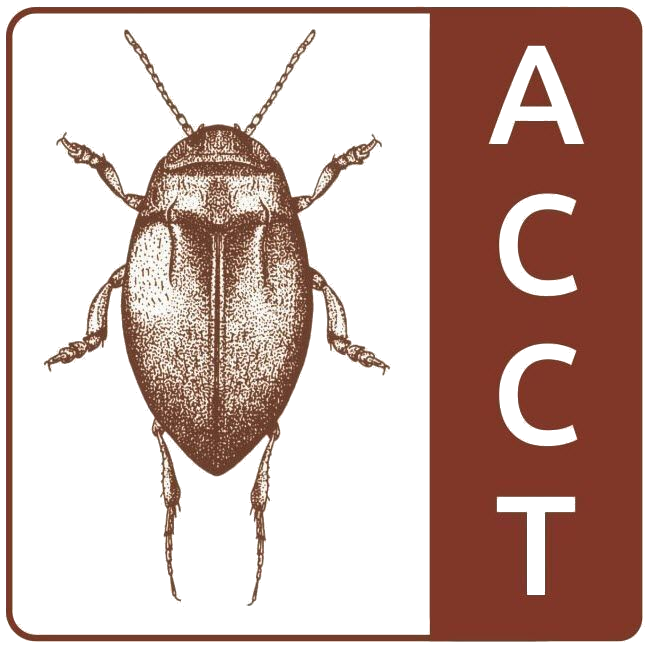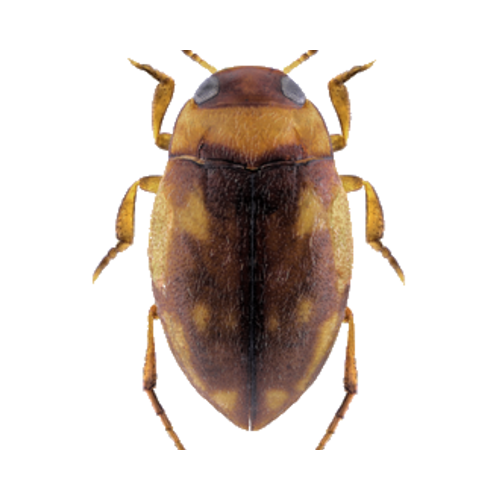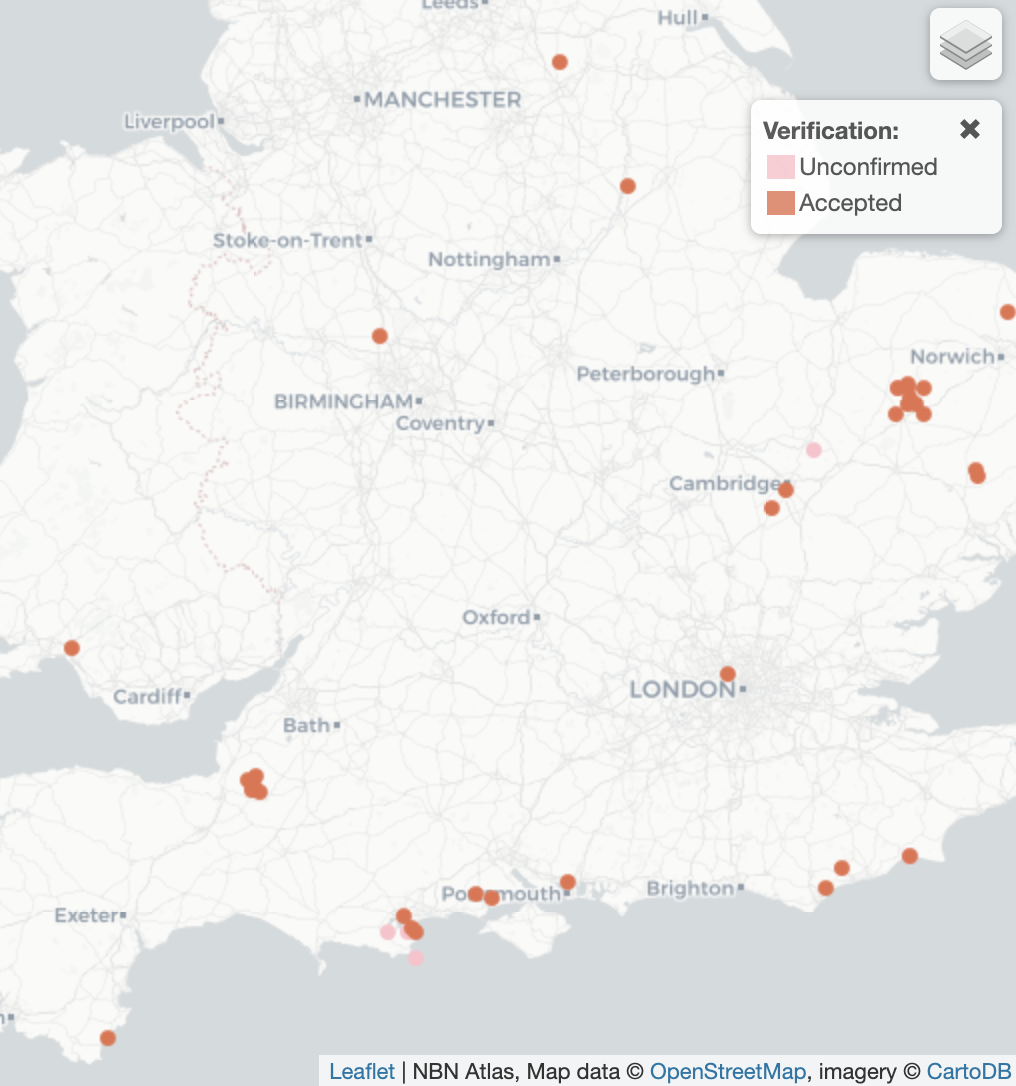Bidessus unistriatus
(Schrank, 1781)
One-grooved Diving Beetle

Aquatic Coleoptera
Conservation Trust
OVERVIEW

Bidessus unistriatus is a critically endangered small diving beetle characterised by the single groove on its elytra that gives it its common name. This extremely rare species represents one of Britain's most threatened aquatic beetles, with only a handful of confirmed sites remaining. Its dependence on pristine acidic bog habitats makes it particularly vulnerable to environmental change.
CONSERVATION STATUS
Key Threats:
- Bog habitat destruction and fragmentation
- Water table changes and drainage
- Climate change affecting bog hydrology
- Atmospheric pollution and acidification changes
- Human disturbance of pristine bog systems
Population Trend:
DISTRIBUTION

Current Range: Extremely restricted to very few sites in England, with confirmed recent records from only 2-3 locations in southern England bog systems.
Habitat Distribution: Exclusively found in the most pristine acidic bog pools, flushes, and seepages in intact Sphagnum-dominated bog systems with minimal human disturbance.
ECOLOGY & HABITAT
Pristine Bogs
Intact Sphagnum bog systems with minimal disturbance
Sphagnum Pools
Moss-dominated pools with ultra-pure water chemistry
Acid Flushes
Groundwater seepages maintaining constant low pH
Life Cycle: Complete metamorphosis with extremely specific requirements for pristine bog conditions
Diet: Specialised predator feeding on micro-invertebrates in Sphagnum-dominated environments
Bog Dependency: Requires intact bog hydrology and chemistry; cannot survive in degraded or restored sites
CONSERVATION ACTIONS
Bog Protection
Strict protection of remaining intact bog systems
Hydrology Restoration
Restore natural water levels and bog hydrology
Intensive Monitoring
Regular surveys and population assessment at all known sites
Ex-Situ Conservation
Consider captive breeding if wild populations continue declining